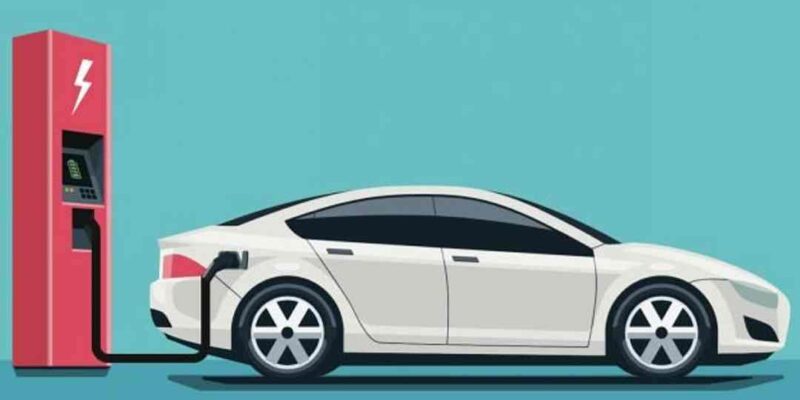Electrical automobiles are cost-effective, having fewer transferring elements that require upkeep, and are inexperienced as a result of they use little or no or no fossil fuels (petrol or diesel). Some EVs utilized lead-acid or nickel-metal hydride batteries, however lithium-ion batteries are actually the usual for battery electrical automobiles as a result of they’re longer-lasting and higher at retaining power, with a charge of little or no self-discharge.
It has already been mentioned how efficient and worthwhile it’s to purchase an electrical automobile now in India. Folks on this nation are slowly however absolutely switching to various gas as gas costs rise. Possession of an EV is usually a expensive affair, though it appears to be working for many patrons. The benefits of electrical energy might appear to be decrease operating prices in comparison with gasoline or diesel.
Nevertheless, there’s a vital distinction between what you pay for an EV and a daily automotive. Consequently, the states have launched the significance of EVs, so they’re providing particular subsidies for individuals who buy one. Due to this fact, right here we’re going to have a look at incentives that state and heart governments provide to patrons who change to electrical automobiles.
Electrical scooter and automotive subsidy in India by the central authorities
Let’s rapidly evaluation the central authorities incentives for electrical automobiles earlier than we transfer on to state subsidies. As a part of the FAME-II program, the union authorities will facilitate the adoption of hybrids and electrical automobiles
- A direct incentive of Rs 15,000 per kWh of battery capability (most 40 p.c of the automobile value) on electrical scooter/ bike
- A direct incentive of Rs 10,000 per kWh of battery capability (most Rs 1.5 lakh) on four-wheelers or electrical vehicles and as much as Rs 13,000 per e4W (plug-in hybrid, robust hybrid) capped at 20 p.c of auto value.
The Ministry of Finance additionally provides tax breaks for first-time patrons of EVs by providing the GST charge at 5 p.c on all EVs. Nevertheless, these EV subsidies/ incentives are over and above the state incentives, and so they apply all through the nation. They’re solely relevant to the primary 10 lakh electrical two-wheelers and 55,000 electrical four-wheelers priced below Rs 1.5 lakh and 15 lakh, respectively.
State-wise electrical scooter/ bike subsidies in India
The demand for electrical two-wheelers is greater than that for four-wheelers, in response to most business experiences. Due to this fact, it’s evident that states have allotted subsidies accordingly. Based mostly on the battery capability, which is measured in kWh, the advantages have been calculated. Beneath is an in depth have a look at state-by-state subsidies for electrical scooters and bikes:
In Delhi, electrical automobile subsidies are the best. Maharashtra and Meghalaya observe. The vast majority of areas have additionally exempted street tax, excluding Gujarat, which expenses 50 p.c of street tax with the acquisition value. At present, the variety of states that don’t provide any subsidies is way greater and contains Karnataka, Andhra Pradesh, Madhya Pradesh, and Tamil Nadu amongst others.
State-wise electrical automotive subsidies in India
Completely different states are offering subsidies for extra than simply electrical scooters. The Tata Nexon EV and Hyundai Kona Electrical are each electrical vehicles that supply particular advantages to patrons. Here’s a state-by-state breakdown of the place you will get one of the best subsidy on your EV buy.
As we will see from the above desk, Maharashtra and Delhi led the best way when the schemes started. It seems that early hen incentives are already being taken benefit of. Different states proceed to push extra individuals to purchase EVs within the nation. Apart from Gujarat, all states have exempted electrical vehicles from street tax.















Comments